Please do not block ads on our site. Clicks on ads help us exist, grow and become more useful for you!
Check Valve Calculation and Selection

Check Valve Selection and Calculation
The size of the check valve is selected according to the diameter of the pipeline on which it is installed. When selecting, it is important to consider that check valves create significant hydraulic resistance due to the need to keep the disc in the open position.
The calculation of check valves is performed to determine the pressure loss at the nominal water flow rate. The pressure loss in a check valve is calculated based on its flow capacity (Kvs). The Kvs value corresponds to the volumetric water flow rate through a fully open check valve, at which the pressure drop across the valve is 1 bar.
When selecting a check valve, the nominal pressure and the allowable temperature range of the transported medium must be taken into account. The maximum operating pressure at the installation site of the check valve should be below its nominal pressure PN at the maximum temperature.
It is important to remember that the nominal pressure indicated in the valve specifications is determined at a water temperature of 20°C. At higher temperatures, the nominal pressure value decreases. Therefore, check valves should not operate when both the pressure and temperature of the working medium match the nominal pressure and maximum temperature values simultaneously.
question : comment : feedback
 Online Equipment calculations
Online Equipment calculations
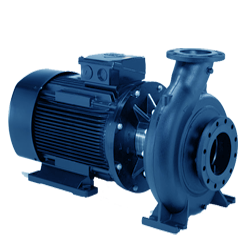
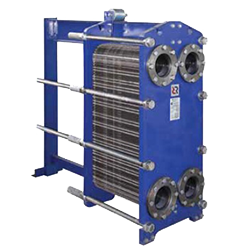
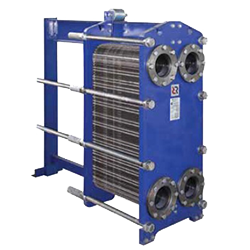
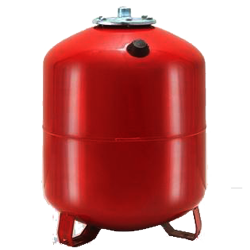

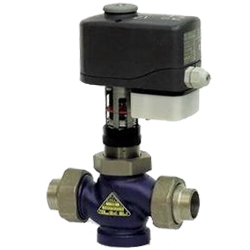


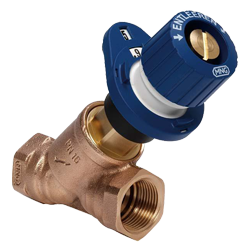




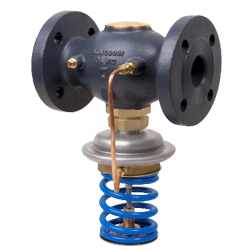
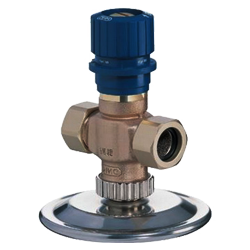
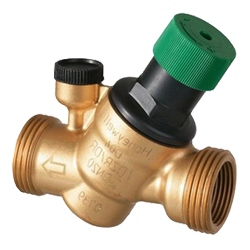


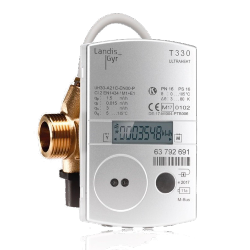
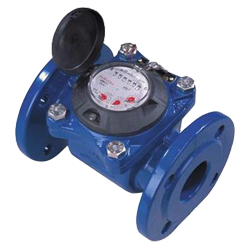

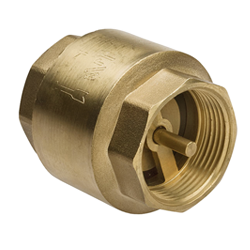
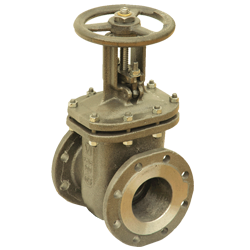

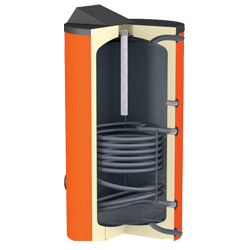

 EXAMPLE
EXAMPLE







